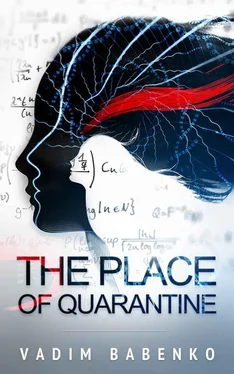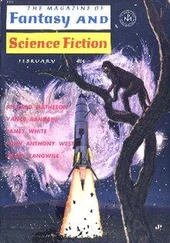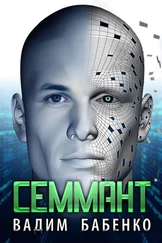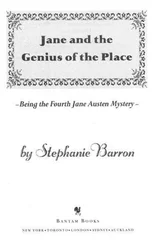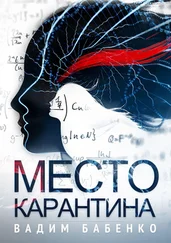Find out more about The Black Pelican at www.blackpelicanbook.com
Vadim Babenko left his career in science and business to pursue his lifelong goal of writing novels. Born in the Soviet Union, he earned master’s and doctoral degrees from the Moscow Institute of Physics & Technology, Russia’s equivalent to MIT. As a scientist at the Soviet Academy of Sciences he specialized in biophysics and artificial intelligence. After moving to the U.S. he co-founded a high-tech company. The business soon skyrocketed, and his next ambition, an IPO on the stock exchange, was realized. However, at the height of his success, Vadim dropped everything to set out on his journey as an author and has never looked back. He was a finalist in the National Bestseller Award (Russia) and the winner of the National Indie Excellence Award (USA).
Find out more at www.vadimbabenko.com
### END ###
Published by Ergo Sum Publishing, 2019
Translated from Russian by Simon Geoghegan and Vadim Babenko
Russian text copyright © Vadim Babenko 2018
English text copyright © Vadim Babenko 2019
All rights reserved. No part of this book may be reproduced in any form or by any electronic or mechanical means, including information storage and retrieval systems, without permission in writing from the publisher, except by a reviewer, who may quote brief passages in a review. Scanning, uploading, and electronic distribution of this book or the facilitation of such without the permission of the publisher is prohibited.
E-book ISBN 978-99957-42-31-7
Paperback ISBN 978-99957-42-32-4
Hardcover ISBN 978-99957-42-33-1
This novel is a work of fiction. Names and characters are the product of the author’s imagination and any resemblance to actual persons, living or dead, is entirely coincidental.
Cover design: damonza.com
Editor: Bill Siever
www.ergosumpublishing.com
A self-similar geometrical figure, each part of which has the same properties as the whole.
A pattern in a phase space toward which a nonlinear dynamical system tends to evolve.
Multidimensional physical object located in a higher-dimensional space. Branes are analogous to the strings of string theory.
In quantum theories, a Hamiltonian is an operator corresponding to the total energy of the system.
An elementary subatomic particle – a fundamental constituent of matter.
Particles with integer spin following Bose–Einstein statistics. Examples of bosons include fundamental particles such as photons (quanta of light).
Subatomic particles that are composed of quarks and interact by the “strong” force. Examples of hadrons include protons and neutrons.
Elementary particle predicted by Peter Higgs and responsible for the mass of other elementary particles.
A function describing the evolution of a dynamical system.
A family of elementary particles. Baryons include protons and neutrons, for example.
One of the physical quantities characterizing the electrical properties of the system.
Elementary particles responsible for the interaction between quarks in quantum chromodynamics.
Quark-gluon plasma is a state of strongly interacting matter in which quarks and gluons form a continuous medium and can propagate in it as quasi-free particles.
The point at which a mathematical function strives toward infinity or has certain other behavioral irregularities.
Fermions are particles with a half-integral spin value, obeying Fermi-Dirac statistics.
Goldstone bosons are particles that, in quantum field theory, appear during spontaneous symmetry breaking.
A quasiparticle corresponding to a quantum of spin waves in magnetically ordered systems (for example, in permanent magnets).
A quasiparticle corresponding to the quantum of vibrational motion of the atoms of a crystal.
A flavor is the common name for a series of quantum numbers characterizing a type of quark. Many of their features do not yet have an explanation.
Elementary particles of the hadron family.
A synapse is the place of contact between the nerve cells through which nerve impulses are transmitted.
The structural elements of neural cells.
“I perceive that I perceive.”
Yes (Thai).
